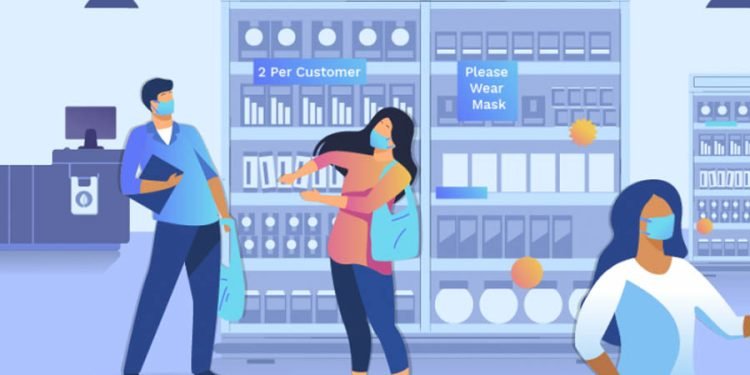Before tackling retail demand forecasting, it is essential to familiarize yourself with the concepts of demand and forecasting. Getting a good grasp of both will help you achieve better results. Consumers’ willingness to pay for a particular product at a given price is termed as ‘Demand’ in the economic context. This concept plays an integral role in the market, influencing prices and availability of goods.
Forecasting is an essential analytical process that utilizes existing data to project future results. It helps businesses prepare for potential changes and plan ahead appropriately. Accurately predicting consumer demand for specific products is critical for businesses and this can be achieved with demand forecasting. It helps companies make educated decisions about pricing, budgeting & more based on statistical data of consumer willingness to buy.
Accurately predicting buyer behavior is key to success in the retail industry. Demand forecasting helps retailers anticipate customer demand and plan their inventory accordingly. Through demand forecasting, retailers can gain an edge over competitors by understanding their customers’ buying habits and trends. This Definitive Guide to Demand Forecasting in Retail will provide an overview of the different methods used to accurately predict buyer behavior, as well as provide valuable insights into how to effectively use these methods in order to maximize profits and minimize losses.
What is Demand Forecasting and Why is it Essential for Retailers?
Demand forecasting in retail is a vital tool for retailers to accurately predict the future demand for their products and services. It helps them plan ahead and manage their inventory, production, and marketing activities in order to meet customer needs. With the help of demand forecasting, retailers can identify trends in customer behavior, anticipate changes in the market, and make adjustments accordingly. Demand forecasting also helps them optimize pricing strategies to maximize profits while ensuring customer satisfaction. By using accurate demand forecasts, retailers can ensure that they are always well-stocked with the right products at the right time.
What are the Different Types of Demand Forecasting Strategies Used in Retail?
Demand forecasting is an important part of retail operations. It helps retailers plan their inventory and pricing strategies, anticipate customer behavior, and create effective marketing campaigns. In this article, we will explore the different types of demand forecasting strategies used in retail and how they can help retailers better understand their customers and make more informed decisions. We will cover topics such as time series analysis, regression analysis, causal models, machine learning algorithms, and more. By understanding these strategies and their applications in retail, retailers can make better decisions about how to meet customer demand.
How to Accurately Capture and Analyze Data for an Accurate Demand Forecast in Retail?
Accurate demand forecasting https://www.leafio.ai/ is essential for the success of a retail business. With the right data and analysis, retailers can accurately predict customer demand and plan for future growth. In this article, we will discuss how to capture and analyze data to get an accurate demand forecast in retail. We will look at different methods of data capture, such as surveys, focus groups, and market research. We will also discuss how to use analytics tools to analyze the data and develop an accurate forecast. Finally, we’ll explore some of the common pitfalls associated with demand forecasting in retail and how to avoid them.
How to Make the Most of Predictive Analytics Tools in Retail?
Predictive analytics tools are becoming increasingly important for retailers who want to stay ahead of the competition. These tools can help them understand customer behavior and trends, allowing them to make better decisions about product offerings and pricing. By utilizing predictive analytics, retailers can gain insights into customers’ needs and preferences, as well as identify potential opportunities for growth. In this article, we will discuss how retailers can make the most of predictive analytics tools in order to maximize their profits and remain competitive in the retail industry.
In the realm of retail operations, efficient execution is paramount for success. Retail execution software serves as the linchpin, facilitating seamless implementation of strategies derived from demand forecasting insights.
This software streamlines various aspects of retail operations, from inventory management to shelf optimization and workforce scheduling. By integrating with demand forecasting systems, retail execution software ensures that retailers can translate insights into action effectively. Through real-time data analysis and task automation, such software empowers retailers to align their operations with predicted demand, optimizing product availability and customer experience. Moreover, it enables retailers to adapt swiftly to market shifts and consumer trends, enhancing agility and competitiveness in the ever-evolving retail landscape.












